Hakob Hakobyan (1923-2013) is a master with creative and emphasized national features. Even before returning to Armenia the painter has already been famous, his several works have been displayed in the museums of Fine Arts in Cairo and Alexandria.
Hakobyan’s works done in Egypt are compositions with one figure and partially still life compositions with straw baskets and brooms, utensil made of copper, onions and garlics which represent human life’s hopelessness and misery. These works are executed with the scantiness in the terms of the color and plasticity, but with the expressive means like schematic and plain, dry and ascetic drawing, monochrome and rigour stones. In his works one can often observepoor and miserable people exhausted by the daily burden, despair or homesickness, alienated from life, lost their personality and surprisingly alike them externally unpresentable, unattractive, however animated objects.
After settling in Armenia Hakobyan’s art has not undergone any noticeable changes in the terms of form and style. He has continued to work in a dry graphic manner with linear and spatial rhythm’s sharp and constructive perceptions. His palette is limited again with ochre color and blue-greyish pale hues.In the elaboration of forms and volumes he retains to be satisfied with nearly unnoticed, transient and soft transitions of light and tone. At the same time, the painter works done in 1960-1980 are being extended in the terms of genre and theme.
In 1960 s the painter has almost wholly gravitated towards a genre of landscape which was not typical for his works from Egyptian period. In comparison with Saryan and “saryanists” Hakob Hakobyan in his landscapes explores with a realistic sight native country’s not a bright, colorful image, but the severe, unsightly beauty ofour dusty, stony, herbless, covered with thorns and caltrops nature.The same characteristics have Hakobyan’s urban and rural images of Leninakan, Aghavnadzor or Malishka which are seem to be abandoned and motionless or in a deep sleep, empty, with uninhabited streets, houses and huts made of stone and clay, bare branches and nests of deciduous trees which look like drawn with a ruler. The dead space with endless perspectives is also distinguished with the monotone rhythm of its artificial waterways, electric wires and telegraph posts.
There is an impression that the painter is on the creative process of the acknowledgement of his own country’s nature. The symbol of this creative process becomes the road stretching into a distance which often occurs in the master’s works. In his creative search Hakobyan’s transmits the viewer to the native nature.
The adoption of the own land begins first of all when the painter comes out of an enclosed space, of a narrow interior to the native nature. The best feature of Hakob Hakobyan’s art is the thorough observation of the surrounding world and the original ability to represent a daily life. Hakobyan’s landscapes create an atmosphere of a tangible reality, a calmness.These all due to the palette receives certain degree ofa sad and melancholic mood.
Hakobyan began his exploration of Armenia from scenes of Gyumri. Many artists have touched on this theme, however only Hakobyan has succeeded in conveying the poeticism of empty streets of this city, with its coloring, silence and calmness.
In a series of landscapes of Hakobyan’s such beloved villages Malishka the painter has succeeded through familiar and containing national character several objects create new works of art. The painter is attracted by rural yards and houses. The vertical rhythm to the landscapes is transmitted by the electric columns.Sometimes these landscapes are combined and create the generalized picture of Armenia in different times tomorrow’s and today’s.
By making a tour through Armenia one can recognize Hakobyan’s deserted slopes, sporadically disposed stones, cone-shaped poplars and spherical fruit trees, grapevines, constructions made of tufa. The subjugation of the model by the painter begins from the point of view by which the painter observes the model. Hakobyan observes Armenian nature at a late autumn or at an early spring when the colors’ bright coloring and variety of forms are absent.
As it has already been noted in Armenian landscape painting in this period of time bright, shiny colors of spring were dominating. Hakobyan was the only one who has represented Armenian nature from other viewpoint. From the first sight the characters are alike to the model, however at the same time distant from it.This disposal from reality brings the art of Hakob Hakobyan closer to the surrealism, though this is totally other kind of surrealism based not on the unconsciousness, but on the contemplation of the nature.
Semantics typical for the surrealism in Hakobyan’s works becomes one of the ways of the expression of a national art.
The adoration of the water has its roots deep in the antiquity. The huge stone monuments-vishaps (dragons) which are reminiscent of a fish were placed in the horizontal position near a spring of water in the highlands. In Hakobyan’s landscapes the archaic veneration of water is noticeable in the depiction of canals. The slow stream of water seems to symbolize the motion of time. In Hakobyan’s landscapes the columns depicted near the waterappear to be the replacements of these ancient vishaps. The painter is captured with the land of Armenia in the acknowledgment of which he gains not only bloody, historical, but also personal, direct relation to his native country. From his landscapes the most fascinating is the canvas “On the slope of the mountain” where the painter like a sculptor creates on the horizontal stony slope a relief and the rhythmic horizontal rows of the pasturing sheep. This scene resembles ancient Armenian ram-shaped gravestones which are still found in Armenian mountains. In the same way from the first sight a common and unsightly landscape under Hakobyan’s brush obtains historical features. The image is being transformed into the ancient land’s landscape which retained the traditions of the previous cultures. Nevertheless Hakobyan does not aspire to archaize completely the theme and motives he simply like other prominent surrealist painters of 20th century has an original perception of time and is able to unite the momentary with the perpetual.
Hakobyan is not interested in a modern city. In the scenes depicting Yerevan the painter does not seek to image a big and noisy city, but the contrary he chooses the scenes close to Malishka village and Aghavnadzor landscapes where he will have an opportunity to emphasize the indivisible relation of a nature, Own land and a culture. However in Hakobyan’s canvases the direct reflection of the nation’s historical past occurs rarely. The painter does not look for the external ways to accentuate the motion of the time and the exotics, orientalism and folklore are alien for him as well. Hakobyan’s landscapes, still lifes, thematic compositions radically reject the exotic comprehension of the national which in the certain stage of the development of Armenian painting has reached simply to a cliché. They are as national as common to mankind.
Hakobyan avoids to depict symbolical, yet represented many times scenes and famous architectural constructions and the scenes likewise “Ararat”, “Marmashen”are rare in his art. This kind of a very expressive exception is the landscape “The surrounding of Saghmosavank”. The main architectural complex is depicted in a quite distance. In this case the “protagonist” of the landscape are the rocks which are indivisible part of Armenian nature and are the core of Armenian land.
In this way the painter accents the similarity and relation of that “rocky architecture of nature” and the architecture created by human’s hand, though there is no human representation in the canvas, however Hakobyan through the the ecclesiastical building shows the traces of human’s interference in the nature. In this and some of other this kind of works Hakobyan’s completely new approach to the Armenian wildlife and national heritage is apparent.
Hakobyan’s Armenia in its artistic generalization, external elements is so similar to the real one that we are used to look at the nature through his eyes and see there typical Hakobyan’s motives and mood. In his landscapes he has reached the crystallization of mind, the impeccable explicitness of form. He saw in Armenian landscapes something that seems to be unnoticed before him, and created an original, unrepeatable character of Armenian nature. He has proved that every veritable painter has his/her own Armenia that does not deny the achievements of his colleagues, but moreover expends the limits of national art and gives it new sonority and the features typical for a modern art.
Bibliography
- ԱղասյանԱ.,Հայկերպարվեստիզարգացմանուղիները 19-20-րդ դարերում. Ե., 2009, էջ 138
- Իգիթյան Հ., ՀովնաթանյանիցՄինաս. Ե., 2011
- Վրձնիհայվարպետներ: ՀակոբՀակոբյան, խմբագիր՝ Շ. Խաչատրյան. Ե.,1989
- АкопАкопян, живопись, каталогвыставки, состовители Ш. Г. Хачатрян, Л. Л. Мирзоян. М. 1990
- Ерлашова С., АкопАкопян. М., 1963
The short film about Hakob Hakobyan is presented below.






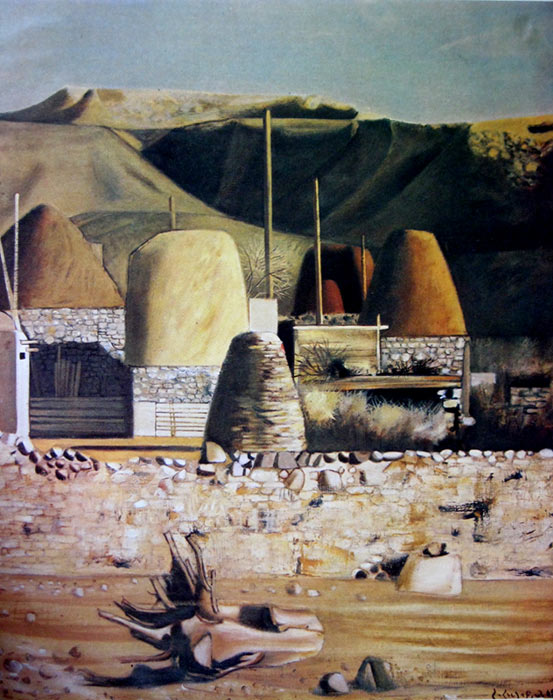
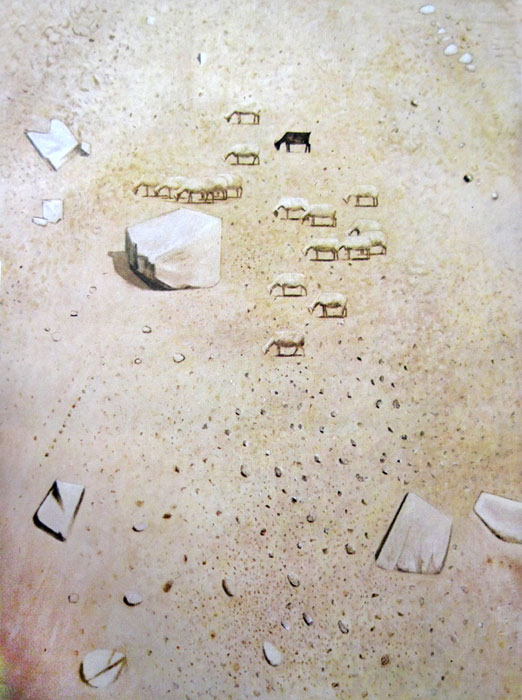

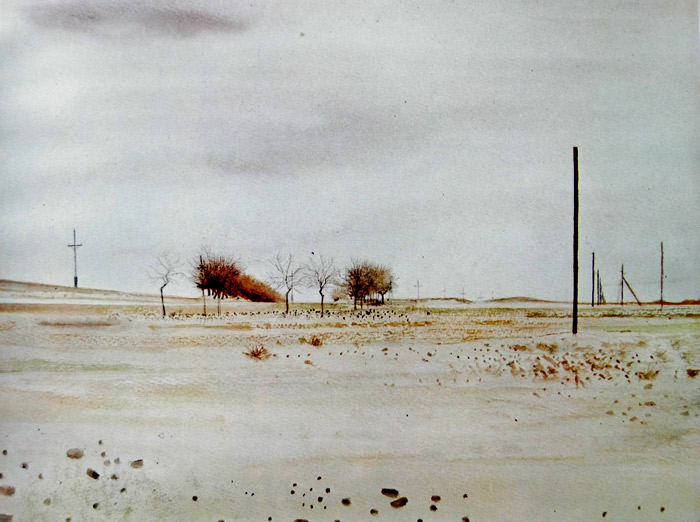
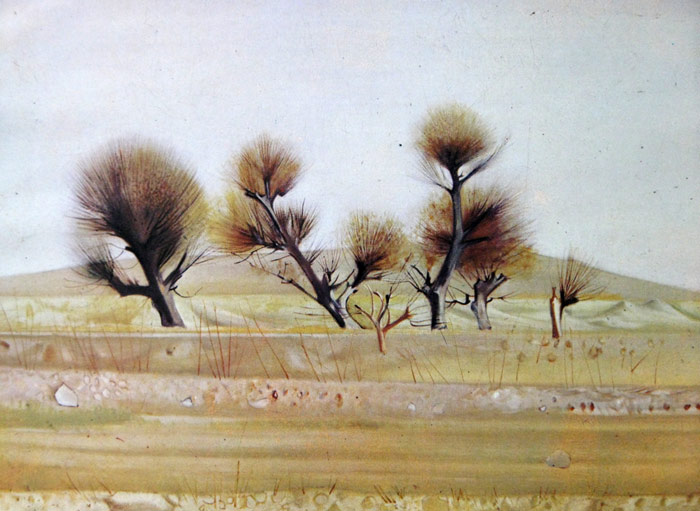
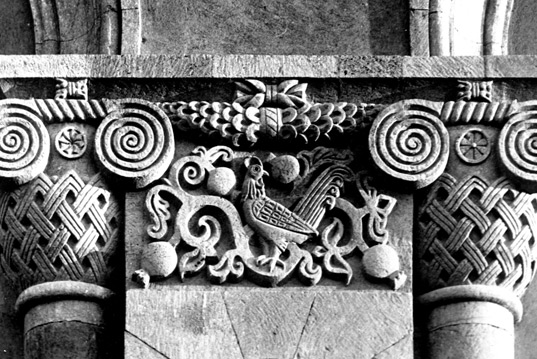
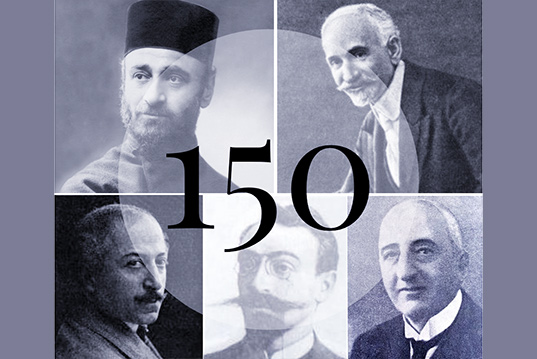
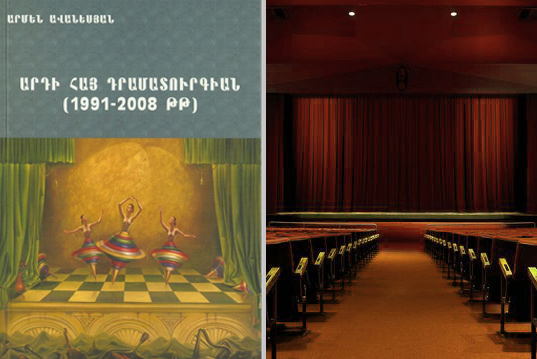
Leave a Reply